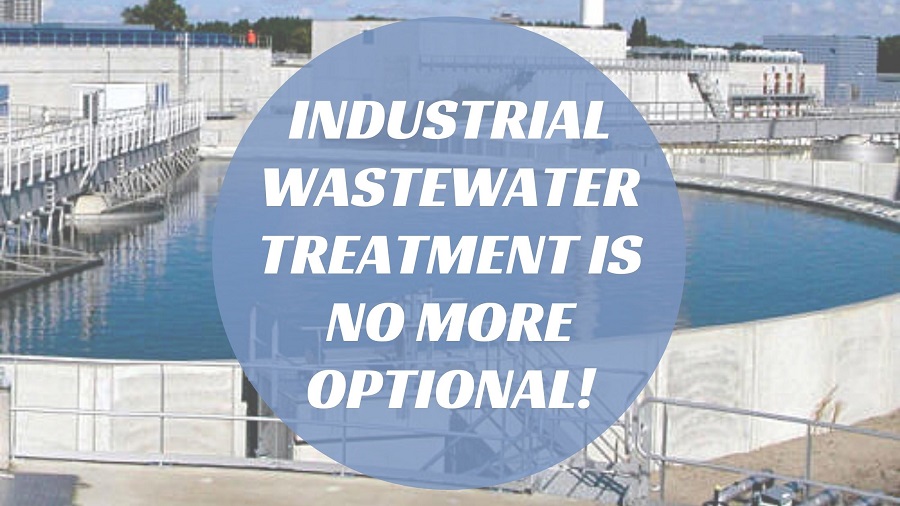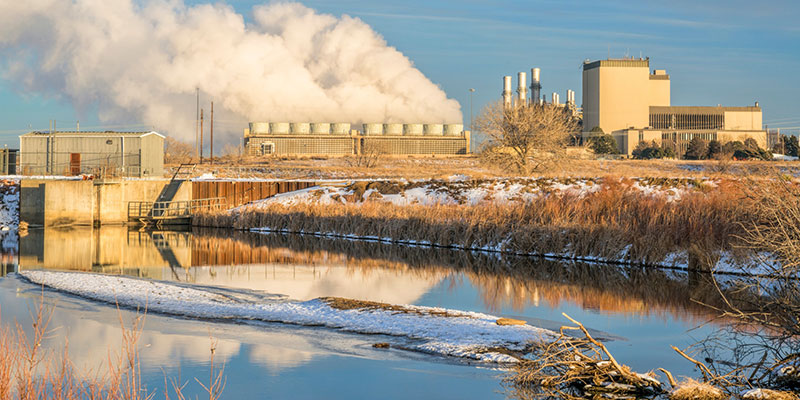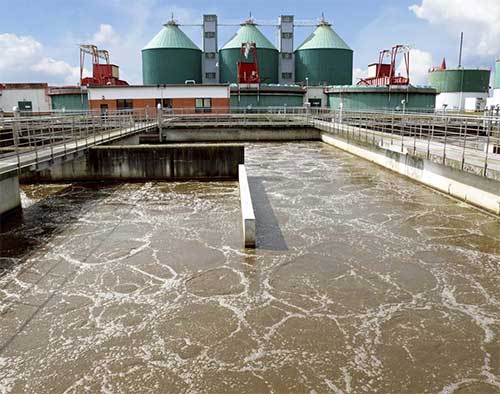Technologies and Advances in Industrial Waste Water Therapy Technologies
The landscape of commercial wastewater treatment is going through a transformative change, driven by developments that boost both effectiveness and sustainability. Emerging technologies, such as membrane bioreactors and microbial fuel cells, are redefining contaminant removal procedures while adding to power generation. Resource recuperation methods are gaining grip, lining up with round economy concepts. As regulatory criteria evolve, the combination of AI and equipment learning into wastewater monitoring systems guarantees to guarantee and streamline operations compliance. The complete ramifications of these advancements increase crucial questions concerning their scalability and lasting effect on industry methods.
Overview of Waste Water Therapy Technologies
Wastewater treatment innovations include a variety of approaches made to get rid of pollutants from commercial effluents prior to their launch into the environment. These modern technologies are essential for maintaining eco-friendly equilibrium and making sure conformity with environmental policies. The key classifications of wastewater therapy include physical, chemical, and biological approaches, each serving distinctive purposes based upon the nature of the contaminants existing.

Biological treatment techniques use microbes to deteriorate organic issue, making them specifically reliable for organic-rich effluents. Techniques like activated sludge and biofilm reactors harness the natural deterioration capacities of microorganisms, leading to significant reductions in biochemical oxygen demand (BODY)
Advanced Filtering Methods
Advanced purification strategies stand for an essential evolution in the realm of commercial wastewater therapy, boosting the efficiency of contaminant elimination procedures. Industrial Waste Water Treatment. These approaches incorporate a variety of modern technologies, consisting of microfiltration, ultrafiltration, nanofiltration, and turn around osmosis, which supply consecutive obstacles for different bit sizes and chemical structures
Microfiltration and ultrafiltration utilize membrane layer systems to get rid of put on hold solids, germs, and larger organic particles, boosting the high quality of effluent before more treatment. Nanofiltration bridges the gap in between ultrafiltration and turn around osmosis, successfully eliminating natural substances and divalent ions, therefore decreasing the load on downstream procedures.
Reverse osmosis uses the greatest level of filtration by enabling only water and tiny particles to pass with its semi-permeable membranes, making it excellent for redeeming top notch water from industrial effluents. Recent innovations in membrane technology, consisting of the advancement of more fouling-resistant and resilient materials, have actually considerably boosted functional efficiency and minimized costs.
Including these sophisticated filtration methods not only improves the overall therapy procedure however additionally adds to sustainability efforts by enabling water reuse and resource recuperation in industrial setups. (Industrial Waste Water Treatment)
Biological Therapy Innovations

Moreover, the development of his comment is here crafted biological systems, such as membrane bioreactors (MBRs), integrates biological therapy with sophisticated membrane layer filtering. This integration permits for higher effluent top quality and minimized footprint, making it appropriate for space-constrained industrial centers. Innovations in genetically crafted microorganisms have actually also arised, enhancing the biodegradation of certain contaminants, such as drugs and heavy metals, that are commonly challenging to get rid of.
Additionally, the execution of bioaugmentation techniques, where valuable microbes are presented to enhance the existing biological therapy processes, has revealed promising outcomes in boosting treatment efficiency. These technologies collectively symbolize a fad towards even more lasting and efficient organic treatment approaches that can adjust to the evolving complexities of commercial wastewater streams. As sectors proceed to prioritize environmental conformity, these organic innovations will play an important duty in wastewater management.

Source Healing Methods
In commercial settings, the assimilation of resource recuperation techniques has ended up being increasingly essential for improving sustainability and decreasing waste. These techniques focus on drawing out valuable products and power from wastewater streams, thus changing prospective toxins into multiple-use resources.
One famous approach is nutrition recuperation, where nitrogen and phosphorus, typically existing in excess in wastewater, are caught and converted into plant foods. This not just decreases ecological impacts yet additionally gives a circular economic climate solution for agricultural applications. In addition, technologies such as anaerobic digestion permit for the conversion of natural waste into biogas, a renewable resource resource that can offset nonrenewable fuel source usage in commercial operations.
Additionally, progressed purification and membrane technologies assist in the recuperation of commercial by-products such as salts and metals. These recuperated products can be rehabilitated right into manufacturing procedures, reducing the need for virgin resources.
Future Patterns in Waste Water Administration
As sectors significantly focus on sustainability, the future of wastewater monitoring is readied to undergo significant changes. Technological developments, such as man-made knowledge and maker discovering, will certainly allow a lot more reliable surveillance and administration of wastewater systems. These innovations can forecast upkeep demands, maximize therapy processes, and improve decision-making, ultimately reducing operational prices and ecological influence.
Additionally, the combination of circular economy principles will certainly play a critical duty in wastewater administration. Industries are expected to shift in the direction of systems that not just treat wastewater but additionally recoup useful resources, such as nutrients, water, and power. This change will minimize waste and advertise the reuse of products, aligning with international sustainability objectives.
Emerging therapy methods, Extra resources such as membrane bioreactors and progressed oxidation processes, will better improve the effectiveness of wastewater therapy, enabling for better effluents suitable for reuse. In addition, regulative frameworks are most likely to evolve, stressing stricter criteria for wastewater discharge and encouraging industries to embrace innovative therapy services.
Verdict
In conclusion, the development of commercial wastewater therapy modern technologies demonstrates a significant shift towards improved performance website link and sustainability (Industrial Waste Water Treatment). Innovations in advanced filtration methods, biological treatments, and source healing approaches highlight the sector's dedication to ecological stewardship.
The landscape of commercial wastewater therapy is undertaking a transformative change, driven by innovations that enhance both efficiency and sustainability.Wastewater treatment technologies encompass a range of methods designed to remove contaminants from commercial effluents prior to their launch right into the atmosphere.Taking advantage of the power of biological processes has led to significant innovations in the therapy of commercial wastewater.Furthermore, the application of bioaugmentation techniques, where useful microorganisms are introduced to enhance the existing organic therapy processes, has revealed encouraging results in improving treatment efficiency. These advancements collectively signify a fad in the direction of more effective and sustainable organic therapy approaches that can adapt to the progressing intricacies of industrial wastewater streams.